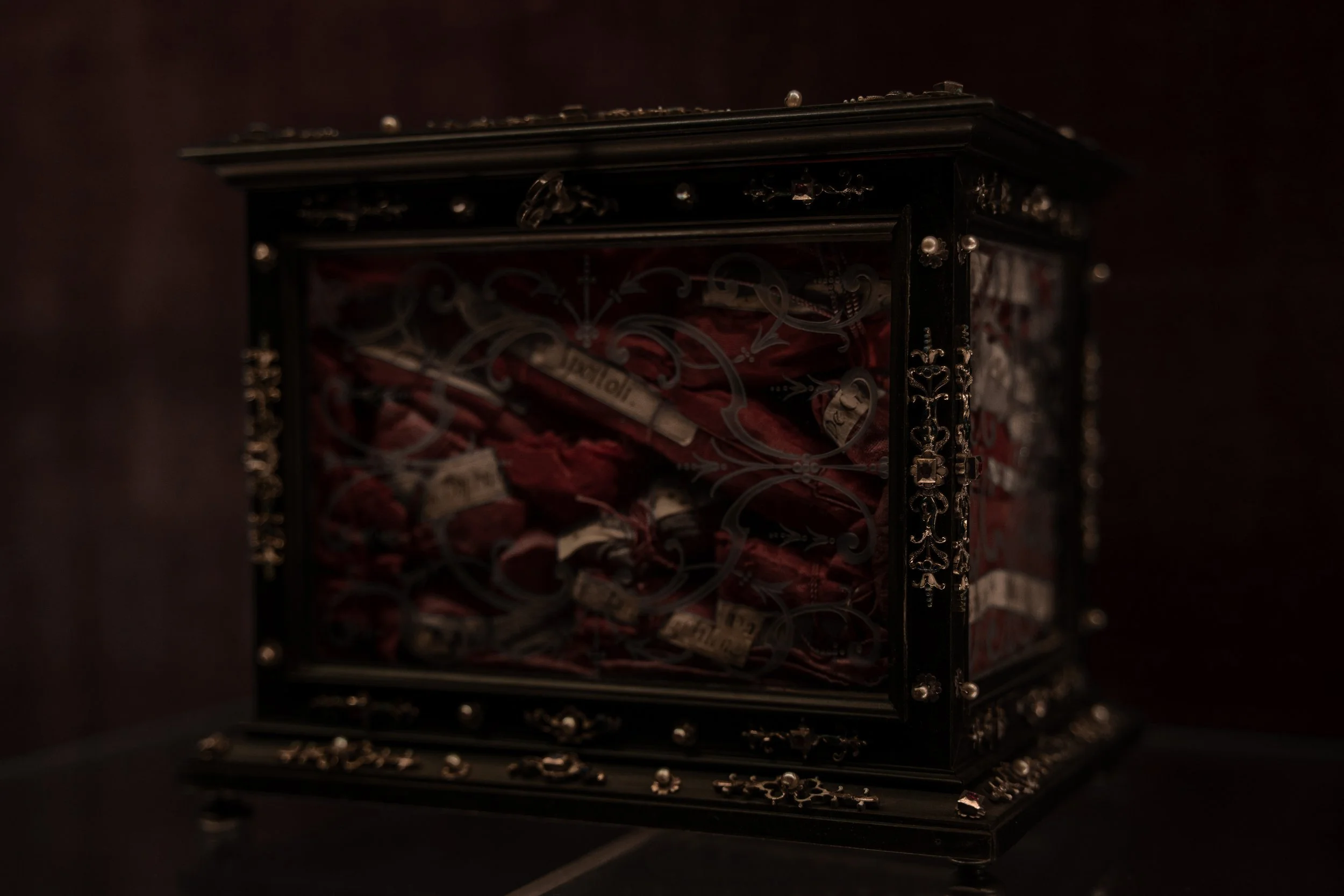Munich Residence






Originally constructed in 1385 as a fortress to separate the Wittelsbach dynasty from the city’s masses, the Munich Residence gradually transformed over four centuries into a magnificent palace boasting more than 130 lavish rooms and ten stately courtyards. From 1508 to 1918, it served as the official seat of the Bavarian Royal family, becoming the largest city palace in Germany.
Though heavily bombed during World War II, the Residence rose from the ashes, with its reconstruction taking place from 1945. This transformation incorporated a timeless blend of Renaissance, Baroque, Rococo and Neoclassical styles that now grace its stunning interiors.
Wandering through its ornate halls reveals a spectacular array of rooms steeped in history and artistry with some of my favourites including:
Grottenhof - Early in your visit, you will encounter the enchanting Shell Grotto, a whimsical chamber built by Duke Wilhelm V. Its walls shimmer with seashells, grotesques, crystals, mosaics and faux stalactites, all surrounding a striking bronze statue of Perseus (Medusa’s vanquisher and the harbinger of death).
Antiquarium - Stretching an impressive 67 metres, the Renaissance-styled Antiquarium once hosted many grand banquets. Today, it houses hundreds of busts of Roman emperors and a series of faded frescoes that whisper centuries of political secrets and imperial legacy.
Nibelungen Halls - Deep within the palace lie the immersive Nibelungen Halls, five evocative rooms that bring to life the ancient Germanic epic Nibelungenlied, a tale of betrayal, vengeance and death. Kings Ludwig I and II are woven into the narrative with their likenesses painted into the dramatic murals by artist Julius Schnorr von Carolsfeld.
Reliquary Room - While many visitors are captivated by the opulent ballrooms, in my opinion one of the most fascinating spaces is the Reliquary chamber. This sacred vault holds over 60 rare relics collected by Duke Wilhelm V and his son Maximilian I. The collection began in 1577 with papal permission and was originally housed in the family’s private chapel. Among the treasures are the skull of the prophet John the Baptist (one of four claimed worldwide), fragments of anonymous catacomb saints, and the cranium of Pope Eleuterus. Encased in bejewelled reliquaries of silver, gold and crystal these relics were once revered as the family’s most powerful possessions and were believed to hold divine energies.
Treasury - If you have time, make sure to visit the Treasury, which holds an astonishing collection of over 1,500 of the museum’s most treasured artifacts. It can be explored either before or after your tour of the main palace, but please note it requires a separate ticket for entry.
Address: Residenzstraße 1, 80333 München, Germany
